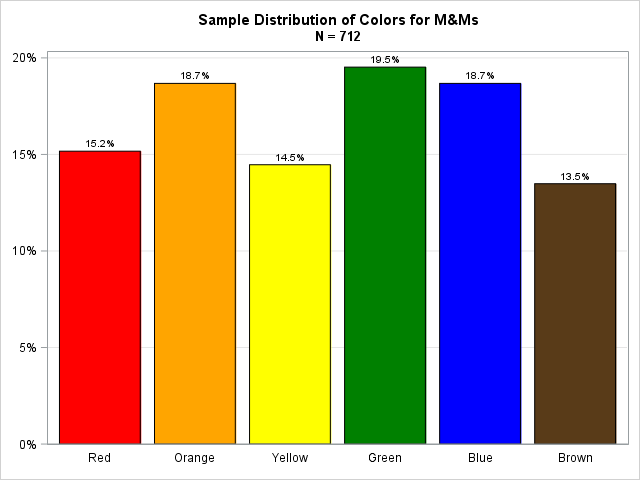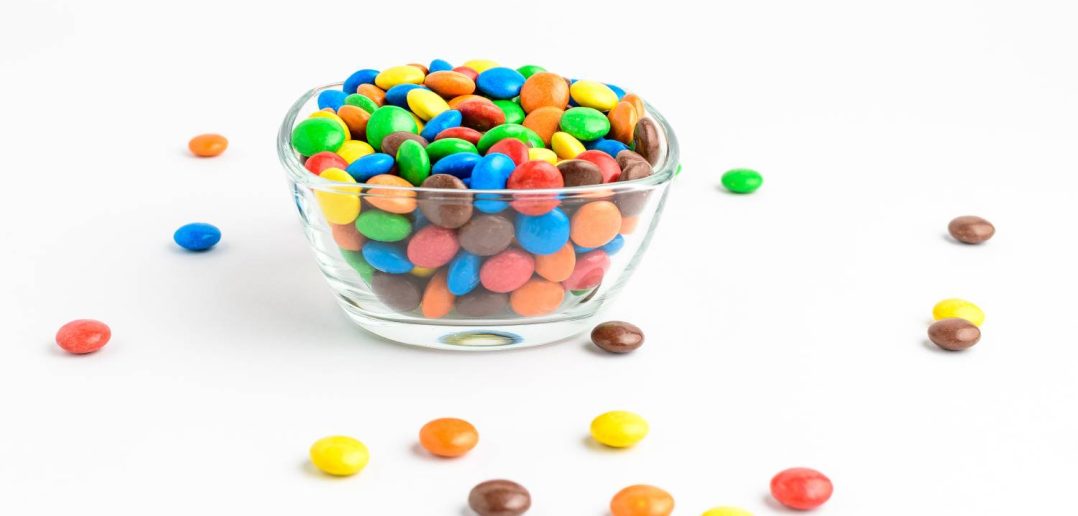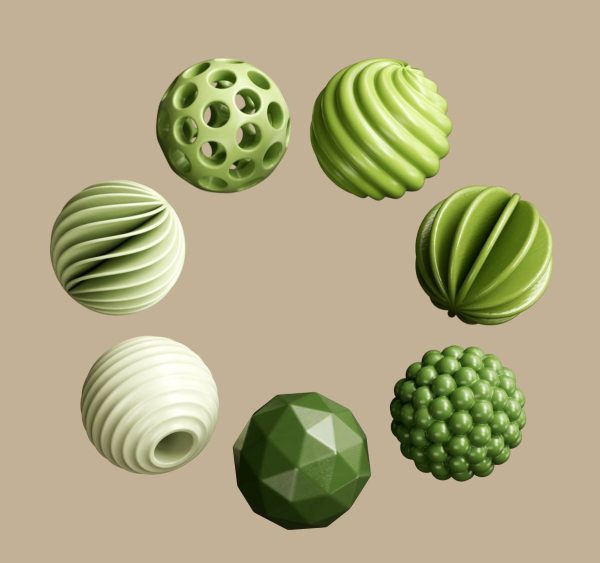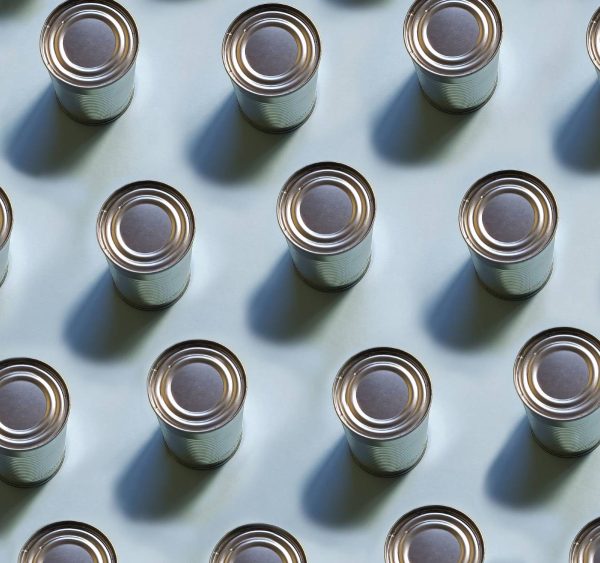October 13 is National M&M Day in the US. It’s a time to reignite the debate about whether you can taste the difference between the different colored chocolate-filled candies. If you’re like me, equally as enjoyable as eating M&Ms is taking a crack at how many of them are in a jar for a chance at prizes and glory.
Wisely, the Mars company launched the holiday to coincide with Halloween. Last year, my family and I went to a neighbor’s Halloween party. Front and center in the foyer was a display of M&Ms. Before having a moment to say hello to anyone, I found myself lunging to stop my three-year-old from immediately plunging her hand into the glass bowl.

As it dawned on me these weren’t a welcome snack; rather, the bowl was accompanied by an invite to guess the number inside. My seven-year-old nephew could hardly contain his excitement as he guessed there must have been over a thousand M&Ms in there. It was an impressive amount, but I assured him we could come up with a pretty good estimate with the right tools.
Getting the right tool for the job
The first step in solving any quantitative problem is determining the right tool for the job. It’s always exciting to throw the latest and greatest algorithm at a problem, but too often, it’s like wielding a broadsword where a scalpel is more practical. Calculating the number of M&Ms in a jar is essentially geometry. We will turn to geometric volume equations because we’re looking at the number of items filling a space.
Using basic shapes to keep it simple
Just like gesture drawing back in art class, you’ll need to reduce the object to basic shapes. There are limited common 3D shapes: spheres, cylinders, cones, pyramids, etc. A jar generally resembles the shape of a cylinder, while a bowl is comparable to a sphere. In my experience on Easter, the container was a bowl with a hollow stem, so this will be our example. This means we will need the volume of a sphere and a cylinder for the stem, and then we’ll add them together.
- Equation for the volume of a sphere: V = 4/3 π r³
- Equation for the volume of a cylinder: V = π r² h
Now, let’s count the candy
Our only variable here is r, which is the radius. Count a row of M&Ms that go across the center of the bowl. This tells us the diameter. Then, divide that number of M&Ms by two, and we’ll get r for the equation. I have yet to come across a candy estimating contest where you cannot use your phone, so feel free to plug that counted number into a calculator. If there are 26 pieces across, then the radius is 13. Plug that in for r, and you’ll get 9,203.
We need to account for the hollow cylindrical stem filled with M&Ms. With 10 pieces across, the radius is 5. We also need the h for the height. Count the M&Ms from top to bottom of the stem; for this experiment, we’re finding the height is 8 M&Ms. Plug in 5 for r and 8 for h, and you’ll get 628.
The glass is half-full
If the container isn’t full, we’ll need to do our best to estimate how full it is. The stem will be full for a container with a stem, and let’s say the rest of the container is only a third of the way. We divide the answer we got for the sphere by three, and we’ll get 3,067.
Now we can add that 3067 and 628 together, and we’ll arrive at an answer: 3,695
Should we stop here? We can, but it’s better to take one more step. Let’s think about what we’re really trying to achieve in this contest.
Bringing in a bit of game theory
While it would be incredible to guess the exact number, the odds of us doing so are slim. But that’s okay! We don’t need to guess the exact number; we only need to get closer than everyone else. This is where a little bit of game theory and psychology come in. Game theory involves anticipating other people's moves and adjusting yours accordingly. It might be tempting when you get a number like 3,695 to round it and estimate 3,700.
A nod to Bob Barker
Think about the Price is Right. If you’re the last person to bid when you get called up to the stage, you benefit from adjusting your bid based on everyone else’s. What do you do if you think no one else bid high enough? Add a dollar to the highest bid. While you won’t have this benefit in guessing M&Ms, you can still count on most people estimating with round numbers. You want to put yourself in the same position as the last bidder; if you think there are about 3,700 M&Ms, write your final guess down as 3,701.
The results are all child’s play
What was the final number? My nephew was astonished to find that when they called the results, it was 3,806. Was it a perfect guess – no. However, we were not only within 3% but also closer than everyone else. The runner-up guessed 4,000 (reminder, don’t guess round numbers). To my sister’s chagrin, he took home a three-month subscription service to Shudder, a horror movie subscription service. Don’t ask me to estimate how much sleep he’s lost since.




2 Comments
This is what uncles are for!
This is a really cool hack that I may use moving forward! I'm sure you were "Uncle of the Year" after that. 🙂